The concept of a metaverse tour group might sound like science fiction, but it’s rapidly becoming a tangible reality. As technology blurs the lines between the physical and digital worlds, companies and creators are experimenting with immersive experiences that allow participants to explore virtual landscapes as if they were physically present. These tours aren’t just about sightseeing—they’re a bold experiment in redefining how we perceive travel, social interaction, and even identity.
At the heart of this movement is the idea that the metaverse can offer more than just escapism. Unlike traditional video games or virtual reality (VR) experiences, metaverse tours are designed to mimic real-world travel, complete with guided itineraries, group activities, and even cultural exchanges. Participants don headsets, log into a shared digital space, and embark on journeys to fantastical realms or meticulously recreated real-world locations. The result is a hybrid experience that challenges our understanding of what it means to "be somewhere."
One of the most intriguing aspects of these tours is how they handle the boundary between virtual and physical reality. In some cases, participants report feeling genuine emotions—awe at standing atop a virtual mountain, camaraderie with fellow travelers, or even motion sickness during a simulated hot air balloon ride. The brain, it seems, doesn’t always distinguish between digital and physical stimuli, especially when the immersion is convincing enough. This phenomenon raises fascinating questions about the nature of perception and how our minds construct reality.
Critics argue that no virtual experience can replace the authenticity of physical travel—the smell of street food, the texture of ancient stone underfoot, or the serendipity of a chance encounter with a local. Yet proponents counter that metaverse tours offer something equally valuable: accessibility. For those with physical disabilities, financial constraints, or geopolitical barriers, these digital journeys provide a way to explore the world (and beyond) without leaving home. In this sense, the metaverse isn’t just a novelty—it’s a tool for democratizing travel.
The social dynamics of metaverse tours are another area of experimentation. Unlike solo VR experiences, these tours are inherently communal. Participants interact through avatars, using voice chat or text to communicate as they navigate digital spaces together. Some tours even incorporate collaborative challenges or role-playing elements to foster bonding. Interestingly, the anonymity of avatars can lead to more open conversations, as people feel liberated from the judgments tied to physical appearance. At the same time, this anonymity raises questions about accountability and behavior in digital spaces.
Technologically, these tours are pushing the limits of what’s possible in virtual environments. High-fidelity graphics, spatial audio, and haptic feedback systems work in concert to create a sense of presence. Some platforms are experimenting with cross-reality integration, where physical actions—like walking on a treadmill—translate to movement in the virtual world. Others are exploring persistent worlds, where changes made by one group of travelers (e.g., building a structure or leaving a message) remain for future visitors to discover. These innovations suggest that the line between virtual and physical will only grow fuzzier.
Ethical considerations loom large in this emerging industry. Who owns the digital replicas of real-world landmarks? How should sensitive cultural sites be represented in the metaverse? What happens when virtual tourism diverts attention (and revenue) from actual destinations? There are also concerns about data privacy, as these platforms collect vast amounts of behavioral information. As metaverse tours gain popularity, stakeholders will need to address these issues to ensure the technology develops responsibly.
Looking ahead, the potential applications extend far beyond leisure. Educational institutions are exploring virtual field trips to historical events or scientific phenomena. Corporations see opportunities for virtual team-building retreats. Some visionaries even imagine a future where physical and digital travel are seamlessly integrated—where a single trip might involve visiting both a real city and its metaverse counterpart. The possibilities are as vast as the metaverse itself.
What makes metaverse tours so compelling is their ability to challenge our assumptions. They force us to ask: Is "being there" a matter of physical presence, or is it about the richness of the experience? As these experiments continue, one thing is clear—the future of travel won’t be confined to the physical world. The boundaries are already dissolving, and the journey has just begun.

By /Jul 8, 2025

By /Jul 8, 2025
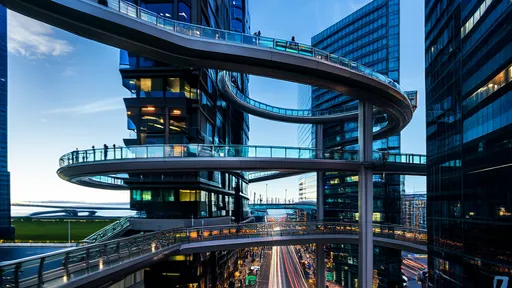
By /Jul 8, 2025

By /Jul 8, 2025
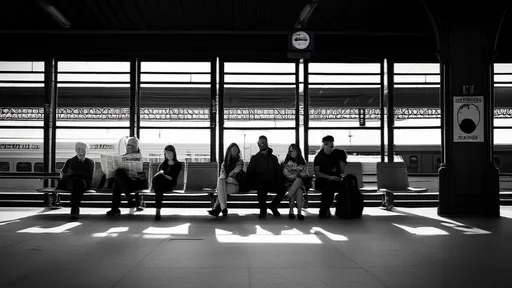
By /Jul 8, 2025
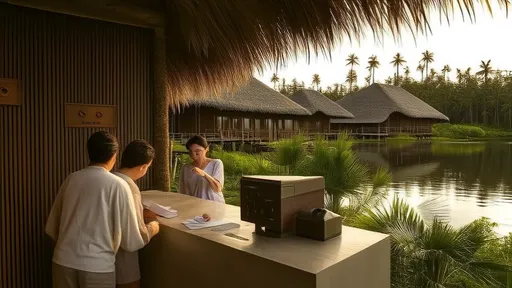
By /Jul 8, 2025

By /Jul 8, 2025

By /Jul 8, 2025

By /Jul 8, 2025
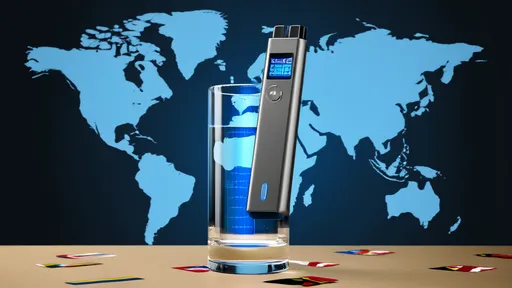
By /Jul 8, 2025
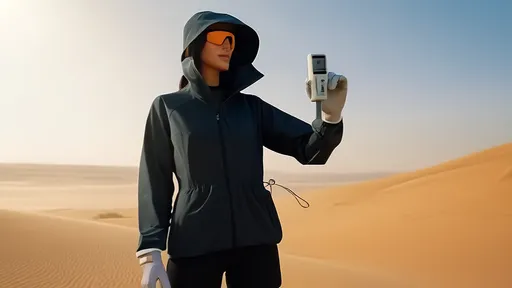
By /Jul 8, 2025

By /Jul 8, 2025

By /Jul 8, 2025
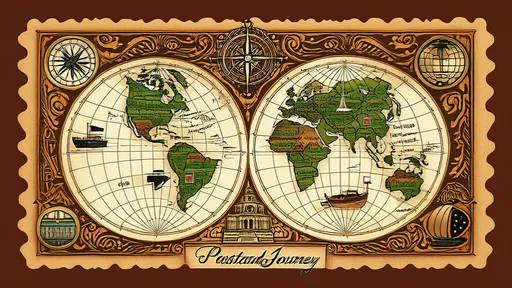
By /Jul 8, 2025

By /Jul 8, 2025

By /Jul 8, 2025

By /Jul 8, 2025

By /Jul 8, 2025